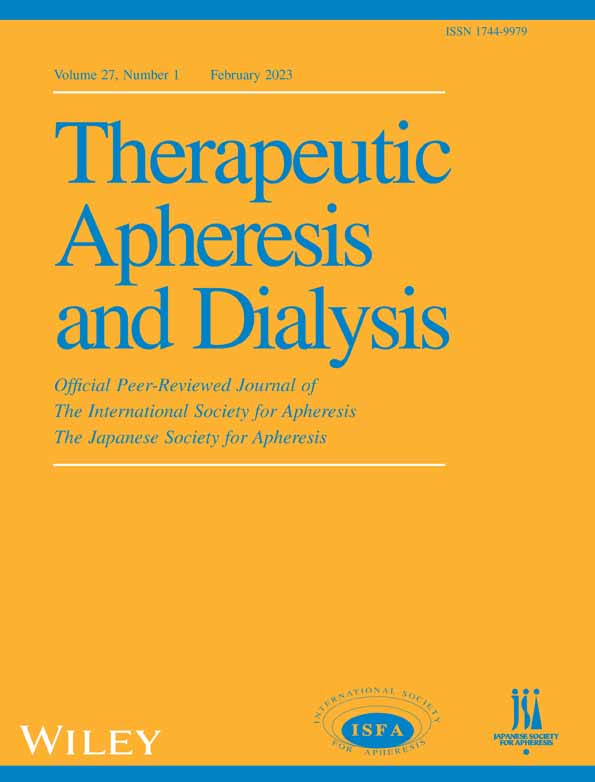Peritoneal dialysis in Dalmatian County, Croatia: 21 years of a single-center experience
Abstract
Introduction
With end-stage renal disease becoming more prevalent, the importance of continuous ambulatory peritoneal dialysis (CAPD) is expected to rise even more. However, CAPD is associated with several infections with peritonitis being of the biggest importance.
Methods
We collected data regarding acute peritonitis episodes (APEs), date of birth and CAPD start, BMI, diabetes mellitus (DM) prevalence, year of renal disease discovery, and details about renal replacement therapies. Primary outcomes included death, transplantation, and a switch to hemodialysis (HD).
Results
Hundred and twenty-nine men and 123 women were analyzed. 63 patients had DM. The median age at the start of CAPD was 56. The median length of CAPD treatment was 24 months. In the end, 147 patients were still alive of which 97 were transplanted, 33 were on CAPD, and 26 were switched to HD. A total of 327 APE were observed.
Conclusion
Although the incidence is decreasing, efforts are required to enhance the prevention and treatment of APE.
CONFLICT OF INTEREST
The authors declare no conflict of interest.




